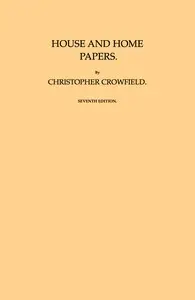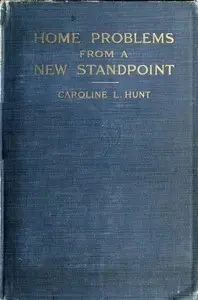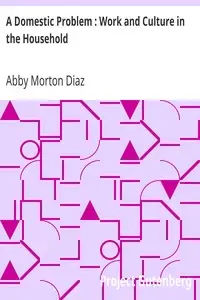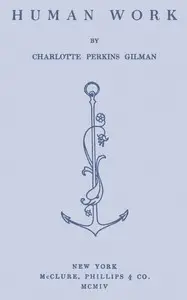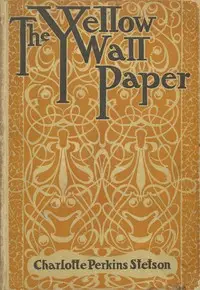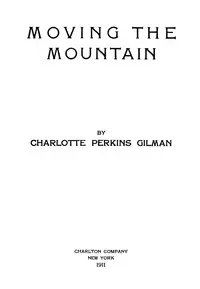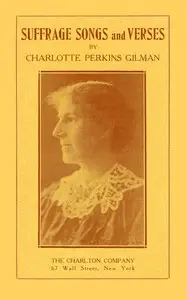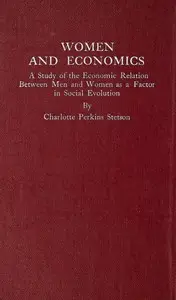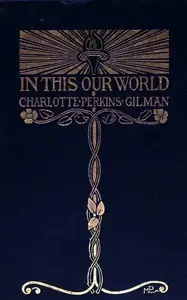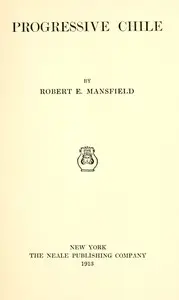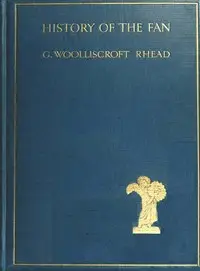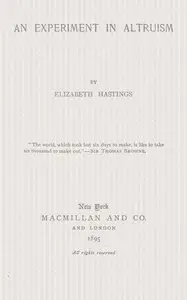"The Home: Its Work and Influence" by Charlotte Perkins Gilman is a book that examines the idea of home, how it has changed over time, and the powerful effect it has on the world, especially on men and women in families. Gilman wants to discuss the difficulties and issues connected to old-fashioned home life and calls for a new look at how homes are set up and what they do, to better fit with today's world. The book begins with an overview of the study's goal, criticizing the common idea of home as a perfect institution. While home is usually seen as a place of safety and comfort, Gilman argues that it often creates situations that stop personal growth and social improvement. She points out that changes in home life and old-fashioned roles for women can be harmful and encourages a change that promotes better living and usefulness for everyone.
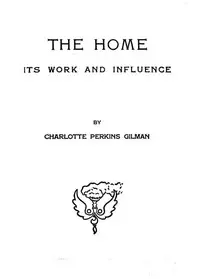
The home: its work and influence
By Charlotte Perkins Gilman
Explore how traditional family life can hinder progress, as one author challenges conventional roles and calls for a modern transformation of the home.
Summary
About the AuthorCharlotte Perkins Gilman, also known by her first married name Charlotte Perkins Stetson, was an American humanist, novelist, writer, lecturer, early sociologist, advocate for social reform, and eugenicist. She was a utopian feminist and served as a role model for future generations of feminists because of her unorthodox concepts and lifestyle. Her works were primarily focused on gender, specifically gendered labor division in society, and the problem of male domination. She has been inducted into the National Women's Hall of Fame. Her best remembered work today is her semi-autobiographical short story "The Yellow Wallpaper", which she wrote after a severe bout of postpartum psychosis.
Charlotte Perkins Gilman, also known by her first married name Charlotte Perkins Stetson, was an American humanist, novelist, writer, lecturer, early sociologist, advocate for social reform, and eugenicist. She was a utopian feminist and served as a role model for future generations of feminists because of her unorthodox concepts and lifestyle. Her works were primarily focused on gender, specifically gendered labor division in society, and the problem of male domination. She has been inducted into the National Women's Hall of Fame. Her best remembered work today is her semi-autobiographical short story "The Yellow Wallpaper", which she wrote after a severe bout of postpartum psychosis.

